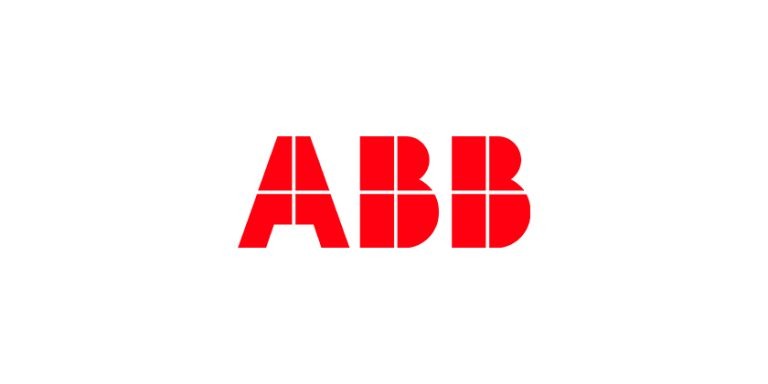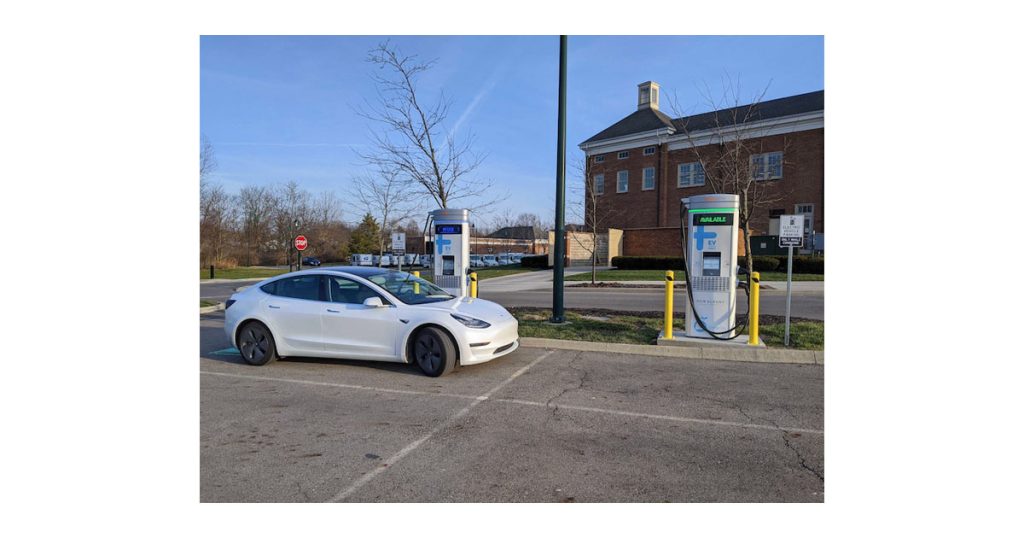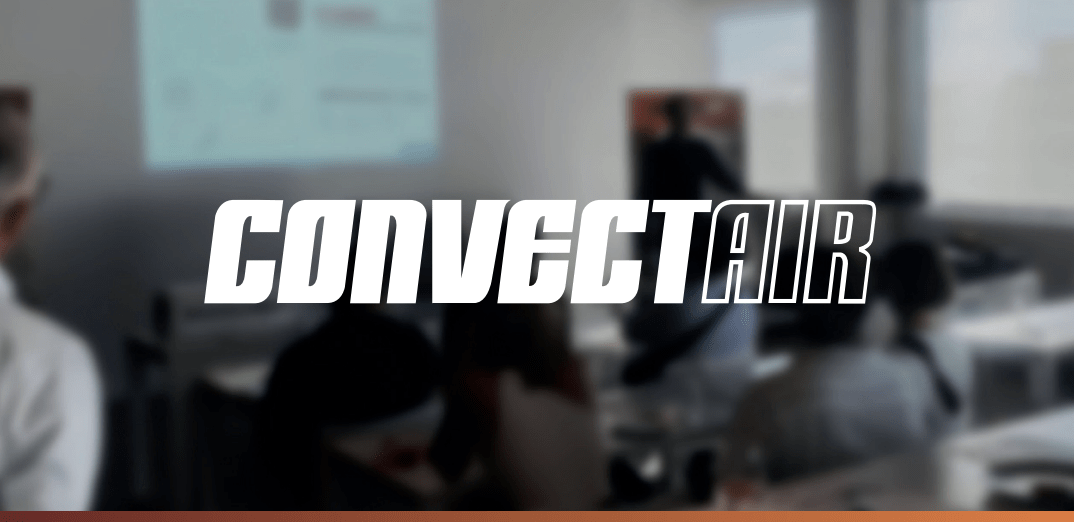Réduire les coûts énergétiques avec des solutions CVCA intelligentes
Les factures d’énergie pour le chauffage, le chauffe-eau, la réfrigération, l’éclairage et la cuisson peuvent grimper rapidement. Un rapport analysant les tendances résidentielles entre 1990 et 2009 a révélé que la consommation d’énergie des ménages a représenté 17 % de l’énergie totale utilisée au Canada, et que 80 % de la consommation de l’énergie du secteur résidentiel était pour le chauffage des pièces et de l’eau en 2009. Les développeurs, les architectes et les ingénieurs font de plus en plus la transition vers les systèmes de chauffage et de refroidissement à eau chaude à basse pression. Ces systèmes offrent de nombreux avantages dont …
As many developers, engineers and building occupants know, energy bills for space heating, water heating, refrigeration, lighting and cooking can quickly add up. In fact, according to Canada’s Office of Energy Efficiency 2013 report on energy efficiency trends from 1990-2010, the total energy consumption of commercial and institutional buildings accounts for 12% of Canada’s secondary energy use. [1] A report analyzing residential trends between 1990 and 2009 found that household energy use was 17% of total energy used in Canada, and that 80% of all residential energy use was for space and water heating in 2009. [2]
One of the reasons buildings consume such high levels of energy is because they waste a lot of energy by keeping lights on when no one is present or running heaters and air conditioners at inefficient temperature set-points. In order to reduce energy consumption, many new construction and retrofit projects are turning to heating, ventilation and air conditioning (HVAC) solutions that are more sophisticated than traditional systems.
Fluctuating energy loads
Over the course of a day, the same room can heat up and cool down based on several factors. As outside weather conditions change, the amount of natural light and heat fluctuates. For instance, when the sun is in view and natural light shines through windows, the temperature will rise. A space will also become hotter as more people gather, such as in a crowded auditorium, because their bodies give off heat and moisture. Lastly, the temperature will change as windows and doors are opened and closed.
The high water volume and high mass of conventional radiators makes them quite slow to respond to these indoor temperature swings. To compensate, occupants may open a window or door to create air movement. Although this can help lower the temperature, it results in direct energy loss and can cause energy bills to skyrocket as HVAC systems work overtime. In some situations, such as the hot, crowded auditorium, occupants may not have control over temperature set-points or the ability to open windows, meaning guests will be uncomfortable.
Even buildings with radiant floor heating experience unwanted temperature fluctuations. These high mass systems make it difficult to set back the room’s temperature during the night or hours when occupants are not present. Every minute spent heating the space at these times is a minute of energy wasted.
Alleviating issues with low-temperature hydronic systems
To manage the issues associated with unwanted heat gain and loss, an increasing number of developers, architects and engineers are transitioning to using low-temperature hydronic heating and cooling systems. Low-temperature hydronic heating systems take in air and heat it with hot water to warm the surrounding area. They offer numerous benefits, including:
• faster reaction times. Systems with low water content (low-H2O) heat emitters can heat or cool a room more quickly and accurately than traditional fan coils. In fact, because of their low water content and low mass, these newer hydronic solutions can react at least three times faster to fluctuations in temperature. They heat up immediately if the temperature falls below a certain set-point and shut off once the set-point is met or exceeded. No longer will occupants be too hot when natural sunlight enters through floor-to-ceiling windows. The unit will adjust and stop operating to compensate for heat gains.
• better control. The low-H2O systems can be equipped with individual climate control units so that building occupants can create their own temperature set-points for each room. This is preferred compared to having a single thermostat for each floor of an office building or apartment complex. With a more reactive unit controlling temperature for a defined space, occupants will waste less energy, complain less frequently and reduce overall energy costs.
• compatibility with other systems. Fast-reacting low-H2O systems work well with slower-to-react radiant floor systems. The radiant floor system can be set to 64°F/18°C for basic comfort while the low-H2O system can get the room to the desired temperature of 68-70°F/20-21°C when people are present. When sunshine enters the room, the thermostat will close the water flow to the low-H2O element. Since there is little heat stored in the element, it will stop emitting heat immediately, preventing the room from overheating as radiant floor systems sometimes do.
• simplified installation. Low-temperature hydronic systems can avoid energy inefficiency and reduce installation costs because they are easy to set up and do not require ductwork. A 2014 study in the U.S. by the National Institute of Standards and Technology (NIST) found that proper sizing, selection, and installation of HVAC equipment is key for maintaining energy efficiency. [3] The majority of air-conditioning equipment studied performed below expected energy-efficiency levels due to installation errors such as leaky ducts, improper refrigerant charge, oversizing of systems, and restricted air flow. The impact of this inefficiency is costly; it can increase household energy use for space heating and cooling by 30%. [4]
So just how much can a building owner save by installing hydronic solutions with low-H2O elements? Studies, including one by Dutch independent certifier Kiwa Technology, have found that low-H2O elements can help occupants save between 9% and 16% on energy bills when compared to steel panel radiators. [5] The savings depend on whether the building is a new-build or a renovation as well as the water temperature within the unit. With the savings, developers are seeing a return of investment of less than five years with low-temperature solutions.
Additional advantages
In addition to being more energy efficient, low temperature hydronic heating and cooling solutions enhance long-term sustainability, feature sleeker and less conspicuous designs, can add value to a building and improve occupant comfort.
• Long-term sustainability: low mass heating systems use fewer raw materials than traditional radiators and can be made from recyclable materials, such as aluminum. Because they have a longer lifespan than other systems, they help reduce waste for years to come, and won’t go into a landfill once a new system is installed.
• Flexible, aesthetic design:newer hydronic systems are much more versatile than traditional cast iron radiators. They can be installed discretely along floor-to-ceiling windows and against walls as well as in floors, ceilings and walls. Because the units are slim and modern looking, occupants won’t find them unsightly or feel that they take up too much space.
• Revenue generation:conventional forced air systems take up a lot of valuable building space because they require extensive ductwork. Hydronic cooling systems do not need ductwork, saving up to one additional foot of ceiling space per floor. With this space, architects and engineers can add additional floors or penthouse suites in high-rise buildings, generating a lot more revenue than they had originally hoped.
• Enhanced comfort:heating and cooling systems can be noisy when they are running. However, hydronic heating systems operate at much lower noise levels, which means occupants will not be disturbed while the system operates.
The future of heating and cooling
Low mass hydronic solutions provide more efficient heating and cooling, helping buildings cut down on total energy use. In addition to lower bills, these responsive systems also improve fit seamlessly within spaces to eliminate unsightly and noisy heating and cooling elements and can even help developers add more revenue-generating space to a building. It’s no wonder that more developers and engineers are moving away from traditional radiators to smarter solutions for both their new construction and retrofit projects.
Cyrus Kangarloo P. Eng is the North American Operations Manager with Jaga Climate Systems, the North American division of Jaga International. Founded in 1962, Jaga International is one of the world’s leading specialists in the manufacture of award-winning, energy-saving heating solutions. Visit www.jaga-canada.com or contact Cyrus at CKangarloo@jaga-canada.com.
Notes
1. http://www.nrcan.gc.ca/energy/efficiency/buildings/4261
2. http://oee.rncan.gc.ca/publications/statistics/trends11/chapter3.cfm
3. http://nvlpubs.nist.gov/nistpubs/TechnicalNotes/NIST.TN.1848.pdf
4. http://www.nist.gov/el/building_environment/hvac-110714.cfm











